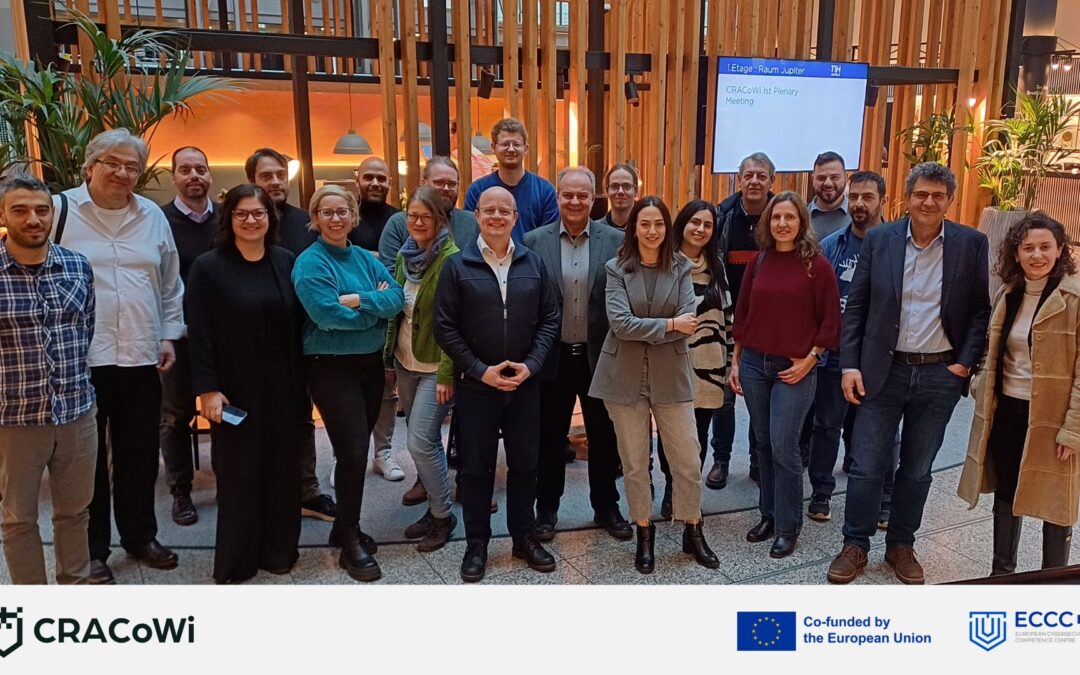Ransomware operators are getting faster, stealthier, and more aggressive – and the cost of delayed action is growing.
The recent article from CySecurity News highlights a troubling surge in ransomware and data exfiltration attacks across the Asia-Pacific region. Let`s outline how ransomware groups like Akira are systematically targeting vulnerable VPN configurations and unpatched systems. The manufacturing sector, critical infrastructure, and telecommunications are particularly hard hit, revealing how outdated technologies and weak credential management expose organizations to severe risks.
What’s concerning is not just the scale of the intrusions – but the shift in tactics:
- Exploiting known VPN vulnerabilities (like CVE-2024-40766) within days of disclosure
- Bypassing multi-factor authentication using stolen session tokens
- Monetizing breaches through access sales, data theft, and non-encrypting extortion
These attacks aren’t just technical – they’re strategic. They aim to destabilize operations, erode trust, and extract long-term value from compromised environments.
This alarming trend underscores a universal truth – cyber resilience is no longer optional – it is a business imperative. The evolving sophistication of ransomware actors, coupled with the rise of non-encrypting extortion schemes, demands a paradigm shift from reactive patching to proactive, intelligence-driven defence.
What does this mean for Europe?
While the attacks are currently concentrated in APAC, the tactics are global – and the vulnerabilities they exploit exist in EU-based networks and products. That’s why the European Cyber Resilience Act (CRA) is not just timely – it’s necessary.
The CRA sets a clear baseline – if a product is digital, connected, and sold in the EU, it must be secure-by-design and secure-by-default. This means embedding cybersecurity principles from the earliest stages of product conception, rather than adding fixes later. Its goal is to shift the burden away from consumers and reactive IT teams and toward manufacturers and developers – ensuring that digital products are designed with security in mind from day one, and supported throughout their lifecycle.
Specifically, the CRA requires:
- Mandatory risk management throughout the product lifecycle
- Post-market support and timely software updates
- Built-in mechanisms for vulnerability handling and reporting
However, legislation alone isn’t enough. Compliance must be supported by guidance, tools, and practical frameworks -especially for SMEs that lack extensive cybersecurity resources (as well as money, time and knowledge).
The ultimate goal is building security from the ground up, reducing the attack surface, and ensuring robust defense mechanisms are integral to product design – not afterthoughts.
This is precisely where the European Union’s projects like the CRACoWi project(Cyber Resilience Act Compliance Wizard Tool) play a crucial role. CRACoWi is a digital assistant that helps companies (particularly SMEs) understand what CRA means for them, assess their cybersecurity risks, and take concrete compliance actions early in the product design process. It promotes a “secure-by-design” approach, which is essential to prevent vulnerabilities like those exploited in these APAC VPN attacks.
The EU’s Cyber Resilience Act and initiatives like CRACoWi champion embedding cybersecurity into digital products -including VPNs and network devices – to reduce risks before they become incidents. While patch management, credential hygiene, and account lockout policies remain critical, they are reactive measures. The ultimate goal is building security from the ground up, reducing the attack surface, and ensuring robust defense mechanisms are integral to product design – not afterthoughts.
Moreover, the APAC ransomware crisis reflects broader global challenges – supply chains dependent on legacy technology, complex operational networks vulnerable to breach, and the human factor as the primary entry vector exploited via social engineering. These challenges emphasize why the EU’s holistic approach – combining regulation, innovative compliance tools like CRACoWi, and continuous awareness campaigns – is critical to enhancing digital trust and resilience.
As ransomware actors sharpen their tactics with automation, credential theft, and stealthy persistence, Europe’s emphasis on a multilayered defense posture and intelligence-led security frameworks becomes a model for global cybersecurity strategies.
Cybersecurity is an enabler of business continuity and trust, not just compliance.
Funded under the Digital Europe Programme, CRACoWi is not only building the CRA Compliance Wizard but also providing awareness materials, FAQs, and support resources to bridge the gap between regulation and implementation for European businesses.
The APAC ransomware wave and VPN exploit trends serve as a critical reminder – cybersecurity is an enabler of business continuity and trust, not just compliance. By embedding security from design to deployment, European initiatives like CRACoWi are paving the way toward a safer digital future for all.
Because cyber resilience is not just about patching systems after the fact – it’s about building products, businesses, and ecosystems capable of resisting, recovering, and adapting to threats that continue to evolve.
If ransomware actors are moving faster, so must we. Security-by-design is not a feature – it’s a requirement.











